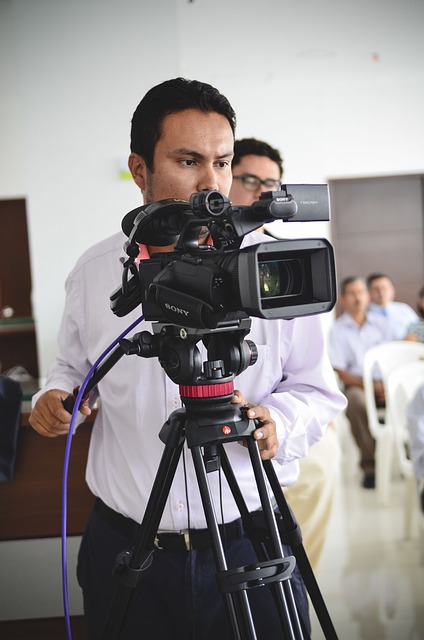 The quality of lighting in a film lies all in the hands of the cinematographer. Just like any other industry, the filming business also follows the same standards when it comes to quality control, the IQ OQ PQ which stands for Installation, Operational, and Performance Qualification. And in the light of the film and entertainment industry, these quality relies greatly on the cinematographer with the help of all the people working hard to make the film a success.
The quality of lighting in a film lies all in the hands of the cinematographer. Just like any other industry, the filming business also follows the same standards when it comes to quality control, the IQ OQ PQ which stands for Installation, Operational, and Performance Qualification. And in the light of the film and entertainment industry, these quality relies greatly on the cinematographer with the help of all the people working hard to make the film a success.
Let’s keep in mind what the purpose of the work is once we move forward through these quality methods and recommendations to achieve quality video and films.
Cinematographers think outside the box
After Stanley Kubrick attempted to film Barry Lyndon, he and cinematographer John Alcott hoped to develop new techniques. They sought to shoot the scene using only natural light. This is a pretty challenging and bold idea for anyone in the cinematography profession. This idea could have pushed the picture quality too far that can jeopardize the whole project.
Nonetheless, in response to this vision, Kubrick and Alcott came up with a special lens designed by NASA. The result of the film is something like that taken out of the Leonardo da Vinci paintings.
Keep things busy and engaging within the frame
The way you make use of your frame is only just about the most essential among cinematography approaches. Whether it is moving that frame or moving items within the boundaries of the frame, you will need to be creative to keep things busy and engaging.
A director is perhaps the busiest person on the set. You can actually be of help by playing with the frame. Try moving it around during rehearsals to depict which one works or not. And you can talk with the director soon if you think you found the perfect movement or angle for proper lighting and camera position.
Be imaginative when it comes to lens sizes
Sloshing on a wide lens to shoot a close up, or establishing a good shot are cinematography techniques. You don’t really need to be using an 85mm or a 21mm to take a close up shot. It all boils down to the right technique.
Clearly, you just wish to achieve that whenever it fits the story you are telling. But for sure, doing experiments never hurt. In other times, you get inspiration from just goofing around. So don’t be scared to give a show. You will get noticed for the techniques you have developed one or another.
Use the best equipment to accomplish the job
You don’t always need to have a complete gear to finish a job. Sometimes, a simple one-gear-has-all could maybe do the job. So gauge what equipment and devices that are needed for one shoot.
Be knowledgeable about An array of cameras and lenses. Having accurate knowledge as to what you will need is probably the essential approaches you will establish. Understanding how to find the exact same end goals brings you the favor of your directors and perhaps your directors too.
Know the script
So this may seem to be an out of place part of the strategy. But know that when you know the script and understood how the scenario will likely be, you will have a clear idea on how to better play with your lights and at which angle you will need them. Be sure that the concepts you provide and contribute are all based on a material you understand and collaborate with.
